The Personality Profiles
Individual differences among Creative Wellness personality types have a biological basis. These differences begin to form as part of the mind-body interaction, with the development of the brain and central nervous system, while a fetus is still in the womb. Then, from early childhood on, the growth of both personality and glandular functioning results from the combination of
- heredity
- early childhood conditioning and environment
- lifestyle choices
Established by the age of 21, the personality, and the probability of glandular dysfunction, set the stage for an individual’s life experience, including potential diseases and predominant destructive behaviors. While such predisposition appears at this youthful age, an individual’s self-knowledge and responsible action can successfully prevent or override many probable health risks and dysfunctional behaviors.
The Archetypes
There are 14 Creative Wellness personality types — seven male and seven female. Each of these 14 types fits into one of three major categories, depending upon the endocrine gland most affected by stress: the thyroid, the adrenals, or the pancreas.
There are four Thyroid Personality Types (two male and two female), four Adrenal Personality Types (two male and two female), and six Pancreas Personality Types (three male and three female). While each of the seven male personality types corresponds to a specific female personality type, due to the same glandular vulnerabilities, they also manifest different character traits because of the influence of male and female hormones.
The Creative Wellness system similarly links archetypal images to personality profiles, while adding a significantly new dimension by relating archetypes to the health of the endocrine system.
Carl Jung, the father of modern psychology, was the first to describe the importance of archetypes. He explained that archetypal images exist in our “collective memory” and can be brought to conscious awareness as a source of learning about ourselves.
In mythology, gods and goddesses have both human and divine qualities. In the Creative Wellness system, the personality profiles of modern men and women also include
- destructive tendencies that, when given energy, can undermine health and well-being, and
- positive characteristics that aid in the healing of their minds and bodies.
Participants in Creative Wellness programs find it exciting to identify with a god or goddess that shares their personality traits.
Benefits of Using a Personality Taxonomy
The use of personality taxonomies –personality classification systems – can help people gain self-awareness and set goals for personal growth. For example, research has long validated the therapeutic application of the Myers-Briggs Personality Inventory (MBTI), which, like Creative Wellness, has its basis in Jungian psychology. By objectively presenting individual strengths and weaknesses as part of a personality profile, these taxonomies can and do facilitate self-awareness. Therefore, Creative Wellness begins by identifying the specific personality type whose character traits involve strengths that can aid in reducing health risks and improving lifestyle, while demonstrating how certain negative tendencies weaken the body’s resistance to disease.
The 14 Creative Wellness personality use ancient gods and goddesses from both Greek and Roman mythology as representative archetypes.
| Goddess | Gods | |||||
| Thyroid |
Athena |
Artemis |
Apollo |
Mercury |
||
| Adrenal |
Iris |
Venus |
|
Bacchus |
||
| Pancreas |
Minerva |
Aphrodite |
Diana |
Atlas |
Eros |
|

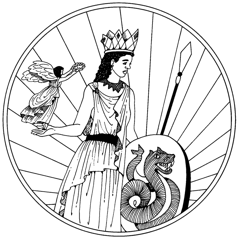
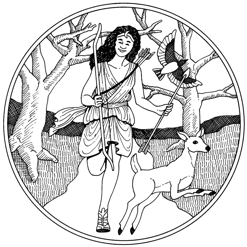
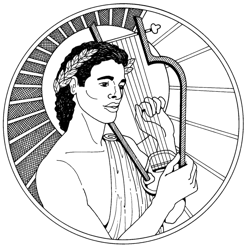
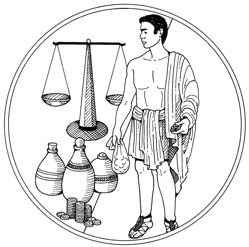

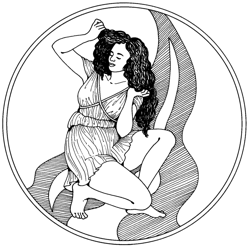
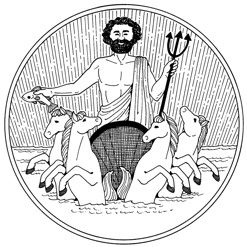 Neptune
Neptune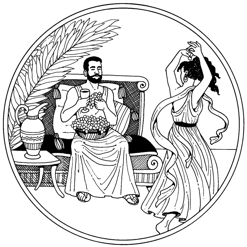

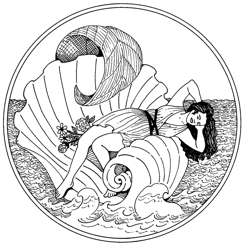

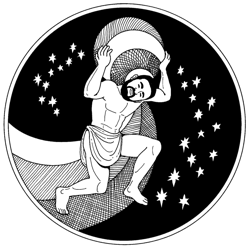
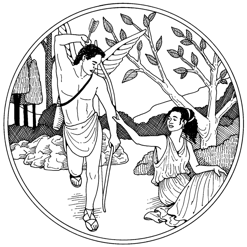
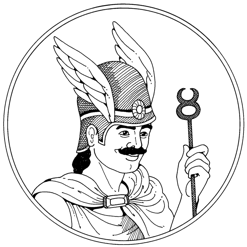 Hermes
Hermes